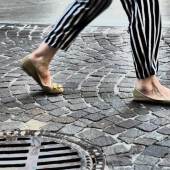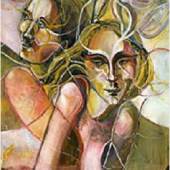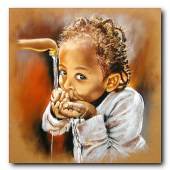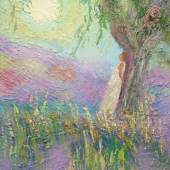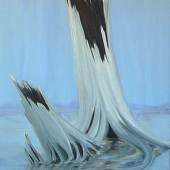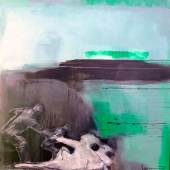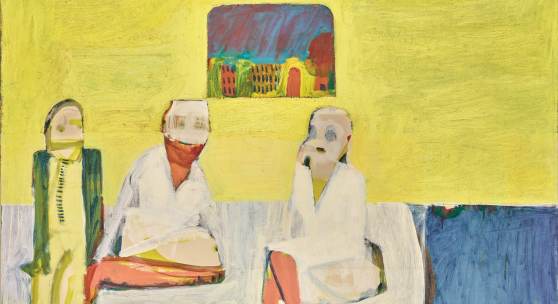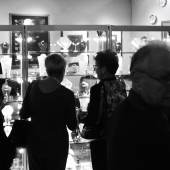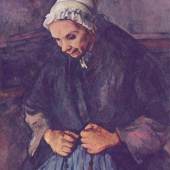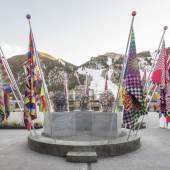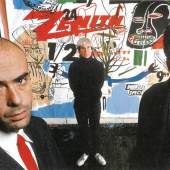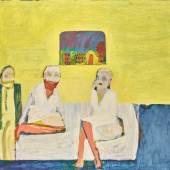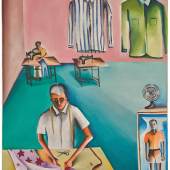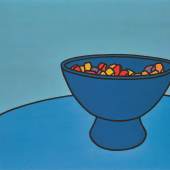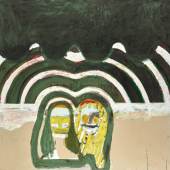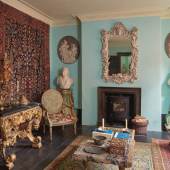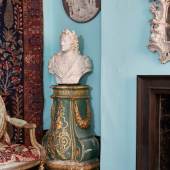Auction
The Personal Collection of Howard Hodgkin & 1,000 Years of Middle Eastern Art
-
Auktion24.10.2017
He collected individual tiles from different periods and countries, spanning Kashan, Iznik and Mughal, and reflecting Hodgkin’s status as one of the greatest colourists of the last half century his concern with colour is evident in his choice of carpets. The intense colour seen in a fragment of the magnificent Von Hirsch carpet for instance, a masterpiece that had been split into four pieces, each of which was sought after by collectors around the world including Hodgkin; or the ‘Portuguese’ carpet fragment which illustrates both the very best of classical Persian dyeing skills and the mastery with which these colours were combined; the Lahore fragments showing just how well Mughal weavers could balance the acidic yellows, shocking pinks and blues of India to glorious effect, as well as including examples of quintessentially Mughal drawing of animals and birds. Textiles appear in the background to some of his prints, for example Moonlight (1980), Bleeding (1981–2) and Mourning (1982). Recurring motifs echoed around the rooms of his home, across a variety of objects of disparate cultural origins. He was fascinated by collage, inlaid items and surface patterns of all kinds: mosaics, renaissance pietra dura, Cosmati, scagliola, cuerda seca, cloisonné and marquetry. It inspired him in 1992, when he designed the giant Banyan tree shadow mural for the British Council building in New Delhi, executed in black Cuddappah stone and white Makrana marble. He was particularly drawn to sculptures as well as reliefs, in wood, in marble and in engravings, which created depth in a shallow space, just as his paintings did. He thought of his paintings as objects, and painted over the three dimensionality of the picture frame to incorporate it as part of the composition. He once commented that he liked to enter a room and find people present in the form of sculptures. Further themes running through the works he collected include elephants and palm trees. Palm trees were perhaps both totemic and a signifier of the exotic, while elephants proved hard for him to resist. He wrote of elephants in 1983: “Perhaps the shifting volume and surface, the loose skin and the obvious structure inside it, the colossal weight which can defy gravity with a leap in the air then sink to the ground in a heap like a mountain, were to the Indian artist what the changing forms and moods of the human body are supposed to have been to the Post-Renaissance European artist.”1 His artist heroes also played their part in his collecting. He loved prints, mezzotints and engravings and was delighted to find that in these media he could own work by Breughel, Hogarth, Piranesi and William Blake. Even items that might seem anomalous are intimately linked to the other objects in his home, as well as to his own paintings, such as a selection of flags. They fascinated him for their symbolism, their stripes and colours that carry the weight of a whole country, and they appear in his paintings In a French Restaurant (1977–9) and Flag (2006–2010), and in the print Put Out More Flags (1992).
FRIENDSHIPS
Friendship was important to Hodgkin. As his recent exhibition at the National Portrait Gallery exhibition so eloquently demonstrated, his relationships with people - fellow artists, writers, collectors, academics, family and friends - have been at the centre of his life but also inform his best work. The two early paintings in the sale are critical to understanding both subject and style. Painted in 1960–61, Bedroom recalls a moment in a hotel room in Paris together with his wife Julia, and their friend Mrs Burt. Travelling, painted at the same time, reflects a lifelong interest in experiencing other places. His friendships are powerfully represented in his personal collection by the works of fellow artists with whom he was particularly close and, crucially, those whose art he respected and admired. He once described Patrick Caulfield as “the closest I ever came to having a painter-colleague”, and it is significant that one of Caulfield’s most important still life paintings should end up in his collection. Painted in 1966, Sweet Bowl reveals Caulfield’s heightened awareness of both colour and space, an interest that he clearly shared with Hodgkin. The dynamic minimalist style Caulfield developed where the hand of the artist is almost invisible is, however, almost the extreme opposite of Hodgkin’s own energetic application of paint and it is interesting to consider their work side by side. Further friendships represented by works that Howard owned include Robyn Denny, Peter Blake and Stephen Buckley.
“Painting in a studio is naturally a lonely occupation... Collecting, on the other hand, brings with it an almost automatic series of introductions, social contacts, with dealers, scholars and occasionally with fellow collectors.” howard hodgkin
The presence of two works by Bhupen Khakhar in the collection is also the result of a long and storied friendship between the two artists. De-Luxe Tailors, 1972 (est. £250,000–350,000) which featured prominently in the recent Tate retrospective of Khakhar’s work, epitomises the artist’s early style and is a signature work from this period. Hodgkin was in many ways his mentor and in some ways his liberator. Hosting Khakhar in England at various times in the late 1970s, finding him teaching positions and advocating for his works with galleries and museums, Hodgkin helped Khakhar to expand his horizons: his art seemed to become freer, looser, funnier and unflinchingly honest. It was Howard Hodgkin’s friendship and encouragement that may have sparked Khakhar’s recognition as one of India’s greatest 20th century artists.
-
05.10.2019 - 13.10.2019Am 5. Oktober rollt die FAIR FOR ART Vienna der Kunst zum dritten Mal den roten Teppich aus. Mehr...
-
Wo Sie die Werke Cézannes besichtigen können: National Gallery, London „Alte...
-
20.04.2024 - 24.11.2024Jeffrey Gibson on Representing the United States and Himself By Melissa Smith | Feb 16, 2024 From...
-
13.05.2024 - 15.05.2024Sotheby’s Sealed is thrilled to present this spectacular Mercedes-Benz 300 SL Alloy...
-
14.05.2024Warhol & Basquiat’s Collaboration Series Masterwork To Highlight Sotheby’s...
-
24.10.2017Auktion »
Auction in London on 24th October 2017.
